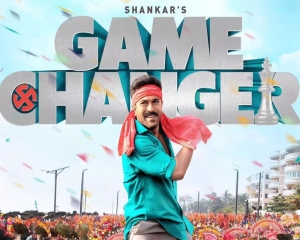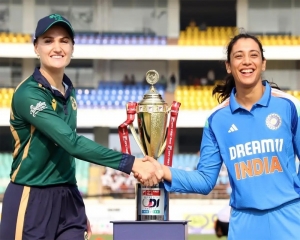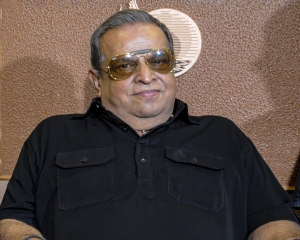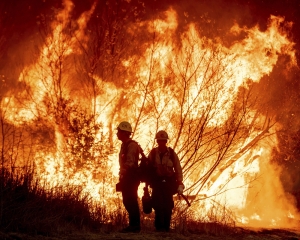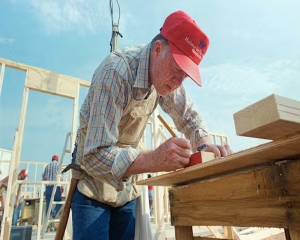An exhibition of paintings and sculptures Trails of Materials explores the journey of three artists through various objects and recycled waste. By Team Viva
Medium and material often lead an artist towards evolution, change and transition. It has been seen as the precursor to every kind of growth. It reveals the concept that lies within the artwork. The interesting part is that it raises questions about the boundaries often drawn around a particular style, material or presentation.
Three artists — Satish Sharma, Anju Kaushik and Rubkirat Vohra come together to explore their journey though objects in a group show of paintings and sculptures — Trails of Materials.
While Satish has been painting for two decades, he has traversed the works that recall the musings of Vincent Van Gogh, moving on toward abstraction which celebrates pure colour and texture. His canvases evoke a three-dimensional form that celebrates earth in different shades — a deep madder red, the aquamarine of seashore blues, solemn slate greys and the darkened shades of a black night.
Satish says, “For me art is breaking out of boundaries. I felt it first when I switched to abstracts. The act of throwing colour on canvas, let it take its own shape and form was liberating. It opened up my mind and journey to unknown beginnings.”
The artist has also been moving towards monochromatic expressions with a preference for brighter colours.
Anju’s new works are more about the sculpturesque, with a preference for high-relief surfaces. She prefers working with discarded objects, transforms them with plaster of Paris, concrete and wood. The act of reclaiming old, rusted and discarded objects and giving them new life is particular to Anju’s practice. The objects challenge the idea of what is rejected elevating it from what may appear to be a part of mundane existence.
Anju’s works are often connected into a loose narrative, where she makes a comment on the environment, where a fossilised fish shape is a poignant reminder of urban detritus and waste. A hunk of concrete is brushed with paint, nails, wire and placed upon a concrete bracket creating a new relationship between the elements of waste. “Every time I look around, I find bundles of empty bottles, canes, plates, nails, building materials and other junks. It makes me think that there is still some life in them. I get new ideas from them. Through my painting, I give a new identity to the waste and change them into three-dimension sculpture.”
Rubkirat enjoys working with metal and wood, creating composite forms from a malleable lead that has a low heat point. The abstractions hint towards architectural forms and human existence. The objects are aesthetic, disassociated from the world of narrative. Ranging from oils, charcoal on canvas, metallic objects to delicate constructions from wire and linear drawing work, it evokes her feelings. One could say that her inner voice experiments with objects.
Rubkirat says that her work is contemporary and not in the historical architectural forms. Although she conforms to her inner self, her art is deeply immersive lending a serene calmness to the viewer as though stemming from her own contentment and realisation.”
Her “abstruse creations” are created with nails, metal, wood, wires, charcoal, canvas, fire. It lends a sense of satisfaction to the viewer.
Together, the works of these three artists bring home a fresh perspective on the materiality of objects. We may appreciate how these objects and their materials communicate across cultures and temporal boundaries, moving in some instances beyond the intentions of their creators. The materials have the ability to transport the viewer into discovering their own narrative behind the presented narrative, but they may also hone in on the story that the artist is keen to tell us in their own language and materiality.














